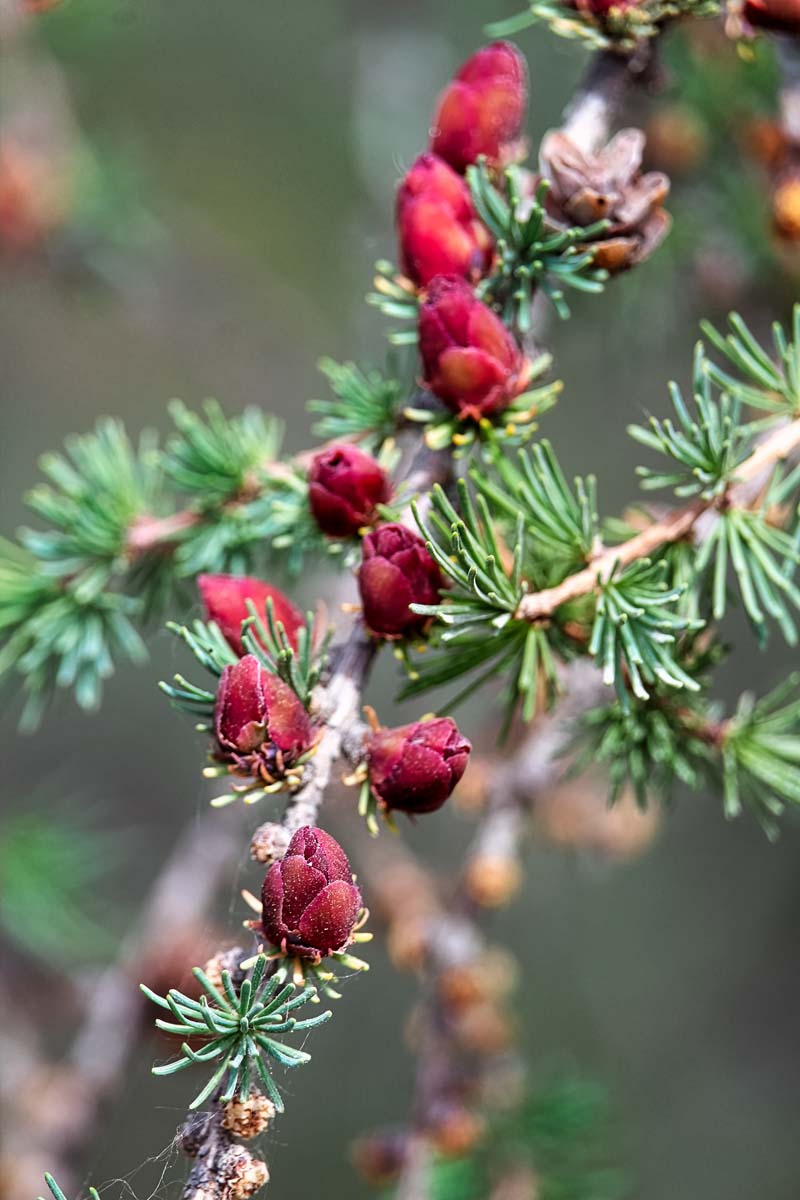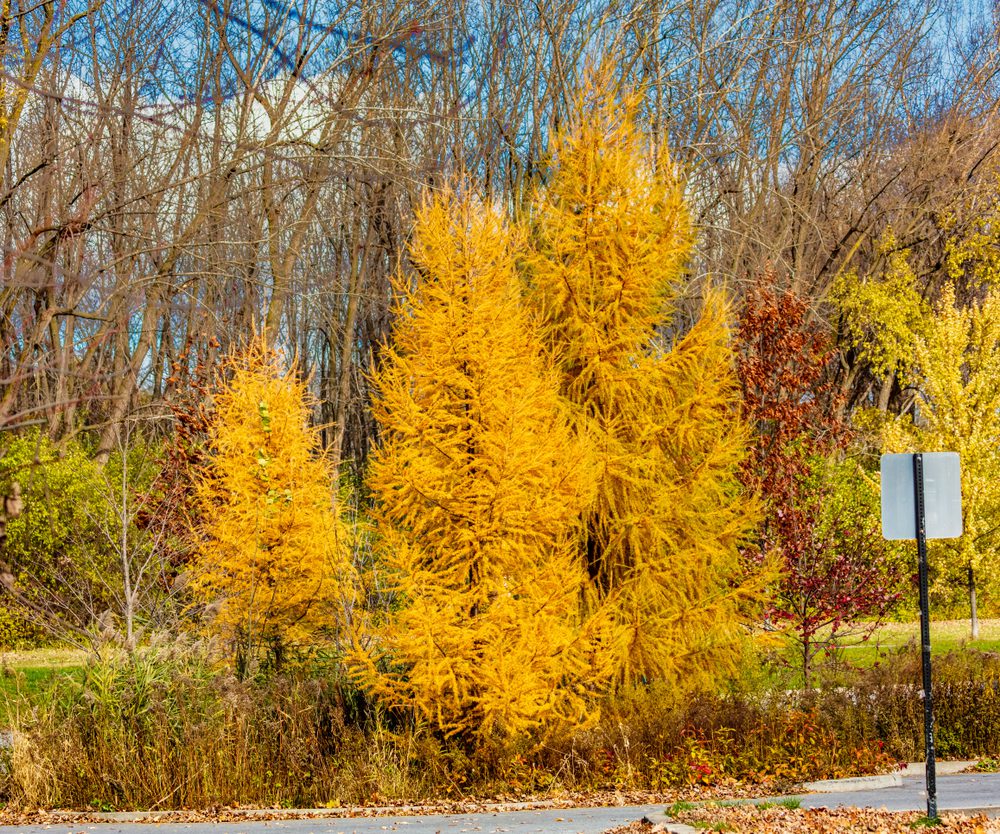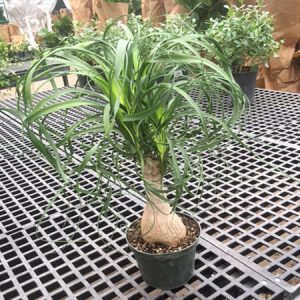Description
Larix – Larch –
There are about 14 species of fast growing, deciduous, monoecious, coniferous trees in this genus. They occur in coniferous forest of cool mountain regions of the Northern Hemisphere. They have attractive young foliage and normally brilliant, yellow to red autumn color. The needle-sdhped leaves are borne in loose spirals on the long shoots, and near whorls on the short shoots. Terminal, erect cylindrical or ovoid to conical, usually purple female cones are borne in spring, and turn woody and brown in the first season, usually persisting on the tree. Male cones are drooping, and spherical to ovoid, and pink or yellow. Larches are useful as specimen trees, and are toelrant of a wide range of conditions.
Grow in any deep, well drained soil in full sun, they resent waterlogged soil.
Prone to caterpillars, saw flies, aphids, needle blight, needle cast, rust larch cankers and larch chermes.
L. laricina – Tamarack – American Larch – Easter Larch – This, the most widespread and abundant Larch in North America, ranges from Alaska through Canada to Northeastern USA. It reaches 60-80′ feet high and has blue-green, needle like foliage with 2 broad gray bands above and beneath and turn yellow in fall. The mature cones are smaller than those of the other Larches and have fewer, thinner scales. The bark is scaly and finely flaking and not fissured and pinkish to reddish brown.
Zones 2-8







